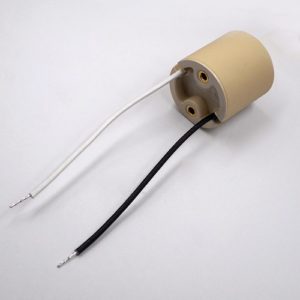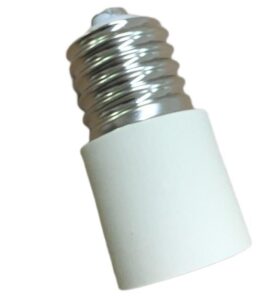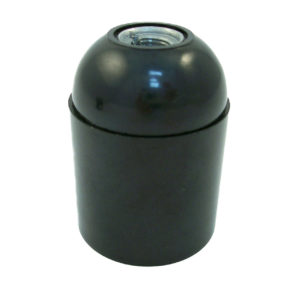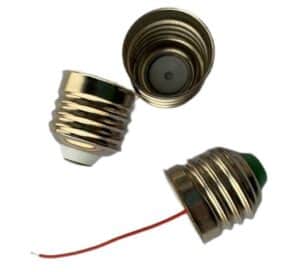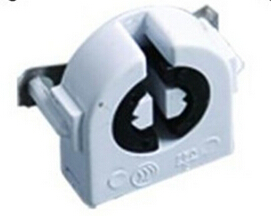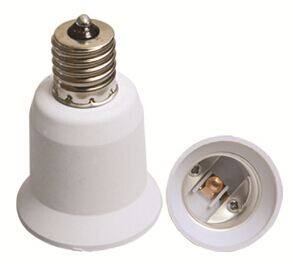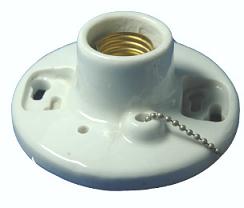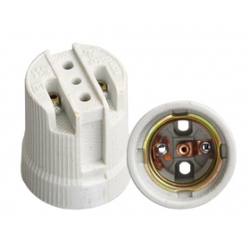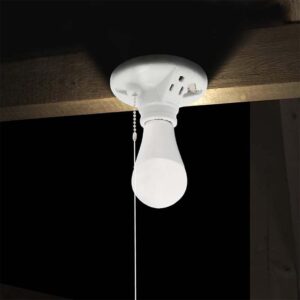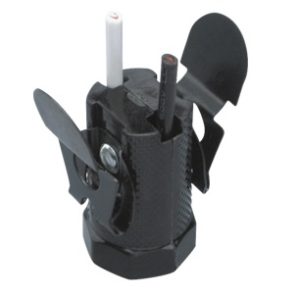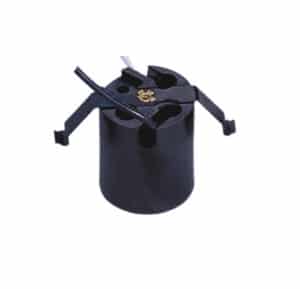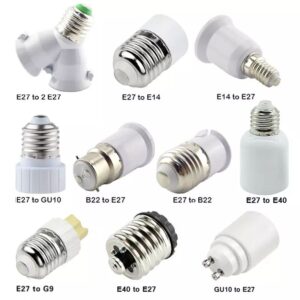
Purchasing lamp holders might seem like a straightforward task, but when you delve into specifics like E26 lamp holders, things can get a bit complex. Different standards and terminologies can be confusing, especially if you are not familiar with the technical aspects of lighting fixtures. This blog aims to demystify these complexities, ensuring you make an informed decision when selecting the right lamp holder for your needs.
Choosing the right lamp holder is crucial for both safety and functionality. E26 lamp holders, a common choice in North America, differ from others in size, compatibility, and electrical specifications. This post will explore these differences, focusing on E26 lamp holders and how they compare to others, like E27 and mogul bases, and address customization needs.
Navigating the world of lamp holders doesn’t have to be overwhelming. This guide will break down the essentials, making your next lighting project a breeze. Let’s illuminate the key aspects.
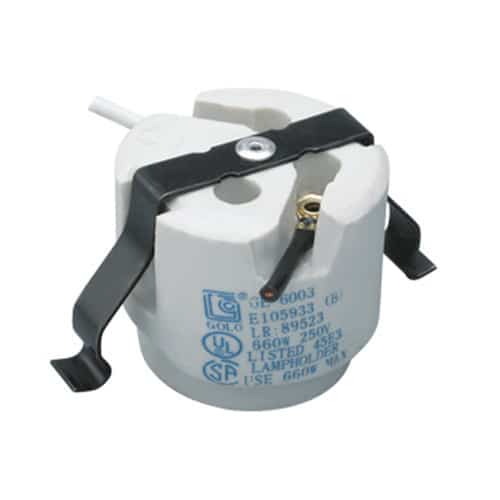
What is the Difference Between Lamp E26 and E27?
Understanding the difference between E26 and E27 bulbs is the first step in choosing the right lamp holder. The “E” in both E26 and E27 stands for Edison, the style of the screw base. The numbers 26 and 27 refer to the diameter of the base in millimeters.
E26 bulbs are standard in North America and have a base diameter of 26mm. In contrast, E27 bulbs are commonly used in Europe and have a slightly larger base diameter of 27mm. This one-millimeter difference might seem insignificant, but it affects compatibility. E26 bulbs fit snugly into E26 lamp holders, ensuring a safe and stable electrical connection. Using an E27 bulb in an E26 holder, or vice versa, can lead to loose connections, posing a risk of electrical hazards.
What is the Difference Between E26 and E27 Lamp Base?
While the physical difference between E26 and E27 lamp bases is minimal, it’s crucial for ensuring proper fit and electrical safety. The E26 lamp base, with its 26mm diameter, is designed specifically for the voltage and electrical standards prevalent in North America. On the other hand, the E27 lamp base, being slightly larger, is tailored to European standards.
The difference in base size impacts the bulb’s stability and electrical contact within the holder. A mismatch between bulb and holder can lead to electrical arcing or overheating. When purchasing lamp holders, it’s essential to match them with the corresponding bulb type to ensure optimal performance and safety.
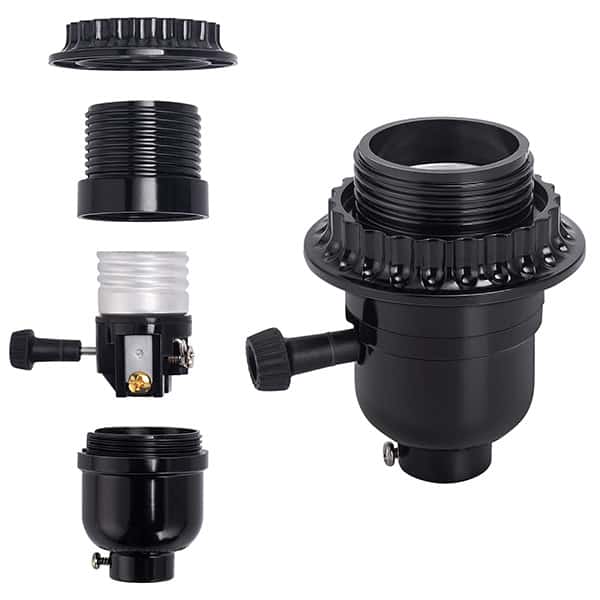
What is an E26 Lamp Holder?
An E26 lamp holder is a device designed to securely hold and provide electrical connections to an E26 bulb. These holders are built to accommodate the 26mm diameter base of E26 bulbs, ensuring a tight and secure fit. The design of E26 lamp holders includes features for electrical safety, such as insulation and grounding, which are crucial for preventing electrical shocks and fires.
E26 lamp holders come in various styles and materials, including plastic, porcelain, and metal. Each material offers different benefits in terms of durability and heat resistance. When selecting an E26 lamp holder, consider the environment in which it will be used and the heat output of the bulb to ensure a safe and long-lasting installation.
What is a Mogul Socket?
A mogul socket, significantly larger than standard medium or E26 sockets, is designed to accommodate high-wattage bulbs typically used in industrial or commercial settings. These sockets are meant for bulbs with a larger base, usually around 39mm in diameter, known as mogul base bulbs.
Mogul sockets are essential in applications requiring powerful lighting, such as in warehouses, large outdoor areas, or high-ceilinged buildings. Their robust design can handle higher electrical currents, making them suitable for bulbs that emit more light and generate more heat. When dealing with such high-power applications, ensuring that the socket matches the bulb’s requirements is crucial for safety and efficiency.
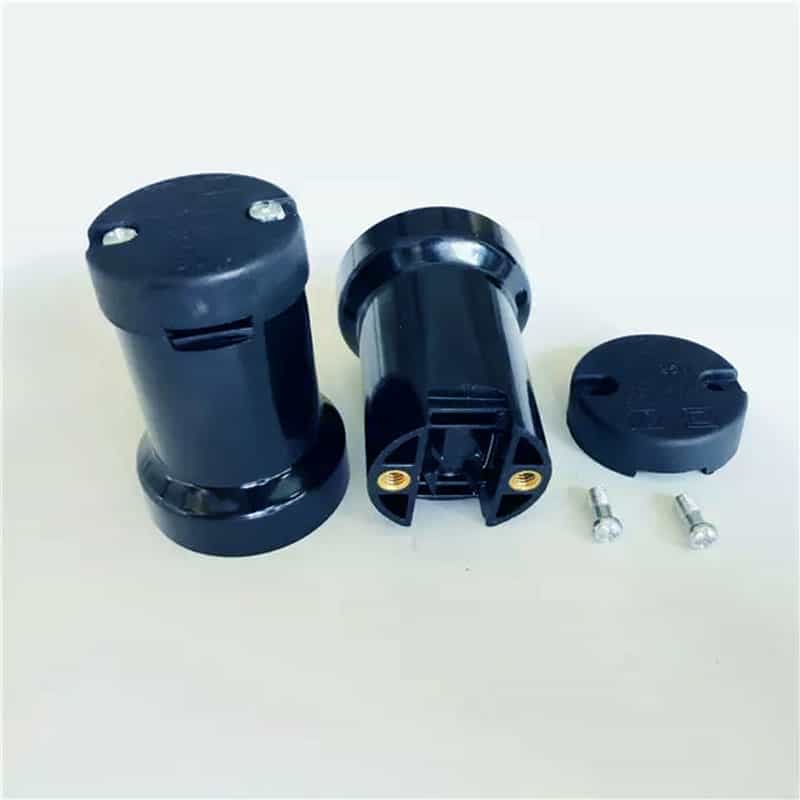
What is the Difference Between Mogul and Medium Base?
The primary difference between mogul and medium (E26) bases lies in their size and the wattage of bulbs they accommodate. Medium bases, like the E26, are standard for household use and are designed for lower-wattage bulbs. In contrast, mogul bases are larger and intended for high-wattage bulbs often used in commercial or industrial settings.
This distinction is important when selecting lamp holders, as using a bulb with a base that doesn’t match the holder’s specification can lead to poor electrical contact, inefficiency, and potential safety hazards. For typical home lighting needs, medium bases like E26 are sufficient, while mogul bases are reserved for specific, high-intensity lighting applications.
Do You Need to Customize It?
Customization of lamp holders, including E26 types, can be necessary for specific applications or aesthetic preferences. Customization can range from selecting different materials and finishes to adjusting the holder’s design for unique installation requirements.
When considering customization, assess the lighting needs of the space, the style you aim to achieve, and any unique installation challenges. Customized lamp holders can provide the perfect blend of functionality and design, enhancing both the practicality and the visual appeal of your lighting solutions.
Conclusion
Choosing the right lamp holder, especially when it comes to specific types like E26, requires understanding the nuances of bulb compatibility, safety standards, and installation requirements. By considering these key factors, you can ensure a safe, efficient, and aesthetically pleasing lighting setup for your space.

